Earthquakes can strike anywhere on Earth at any time without warning. However, some parts of the Earth are more prone to earthquakes than others. Three zones in particular are responsible for most of the world’s earthquakes: the Ring of Fire, the Albide Belt, and the Mid-Atlantic Ridge. These earthquake zones are a collection of plates colliding and sliding against each other. Read on to learn more about these three danger zones and better understand why they occur.
Table of Contents
Plate margins and fault lines
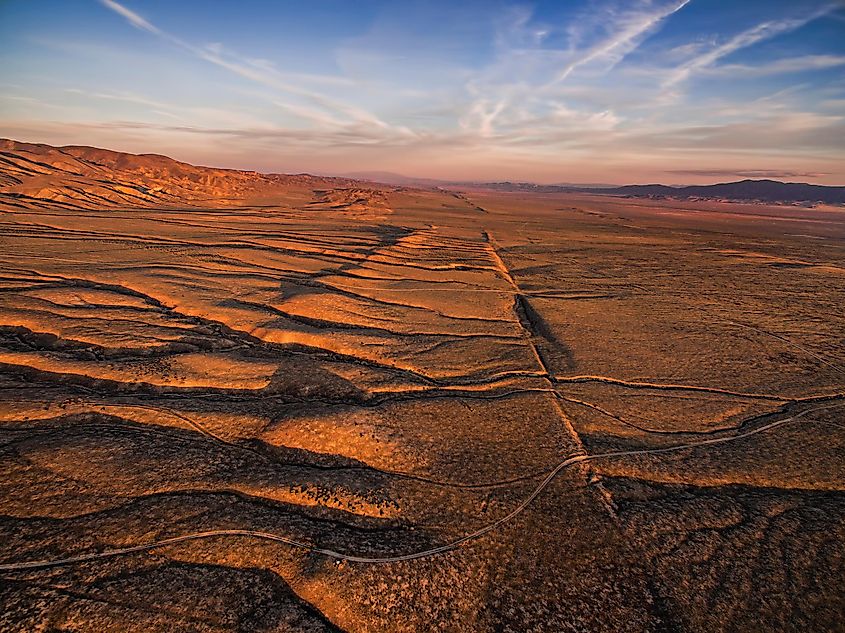
Earthquakes usually occur near areas where oceanic or continental plates meet. The Earth’s outer layer, the crust, consists of many interconnected plates. These plates form the bottom of the oceans and the surface of the land. Plates are susceptible to movements induced in the Earth’s mantle layer below the Earth’s crust. Such movements can cause one plate to slide over another or move away from each other and then collide with force. Such movements of the earth’s crust result in earthquakes.
Earthquakes also occur along fault lines in the Earth’s crust. Faults are cracks in continental or oceanic plates induced by plate tectonics. The crust is highly unstable near fault lines, and disturbances along fault lines can trigger massive earthquakes.
Ring of Fire
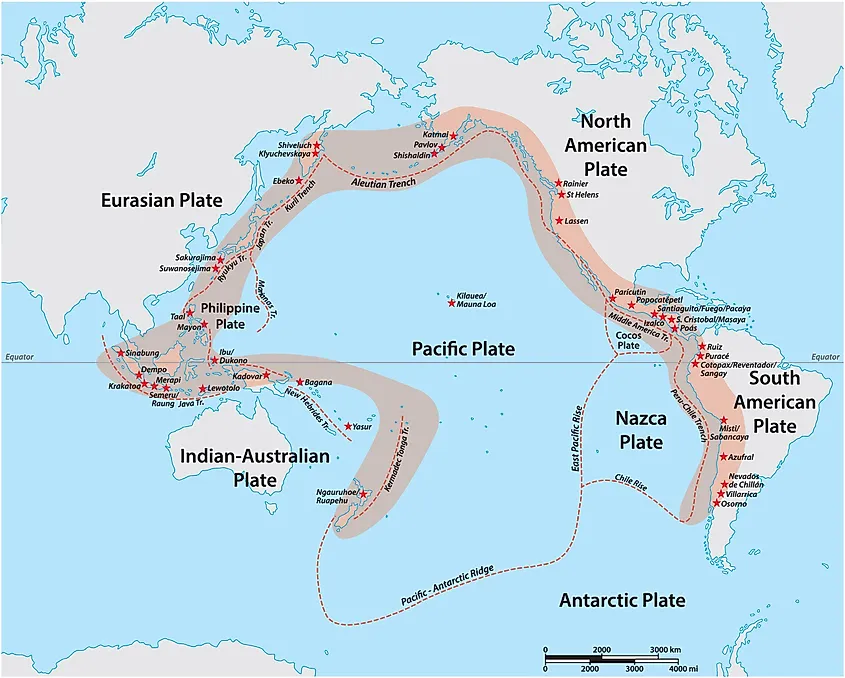
Map of the Pacific Ring of Fire with major volcanoes
The Pacific Ring of Fire, also known as the Circum-Pacific Seismic Belt, stretches approximately 24,900 miles (40,000 kilometers), making it the world’s largest earthquake belt. It is responsible for approximately 81% of Earth’s largest earthquakes. The Ring of Fire begins in Chile and extends northward along the Pacific coast of South America, Central America, and North America to the southern coast of Alaska. It then expands westward to include the Aleutian Islands in the Pacific Ocean. Japan, the Philippine Archipelago, New Guinea and the South West Pacific Islands, before ending in New Zealand.
A magnitude 9.5 earthquake struck Valdivia, Chile in 1960 and a magnitude 9.2 earthquake struck Alaska in 1964. In 2010, there was an 8.8 magnitude Chile earthquake. , and the 2011 Japan earthquake, with a magnitude of 9.0, occurred in the Ring of Fire.
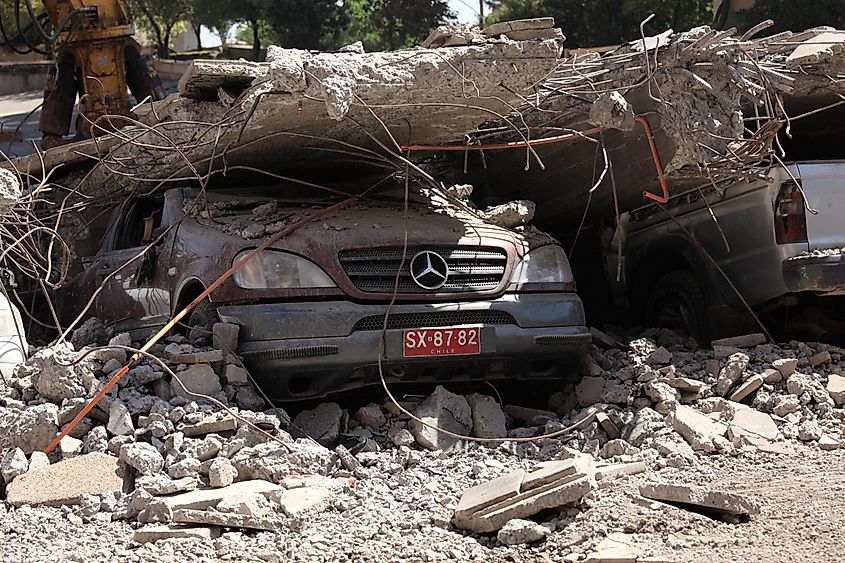
Slips and ruptures between plates cause earthquakes in these zones, resulting in young, developing mountains, volcanoes, and deep ocean trenches. There are 452 volcanoes in the Ring of Fire. Some notable volcanoes and mountains in the Ring of Fire include the South American Andes, Mount Fuji, Mount St. Helens in Washington, and Mount Rupehu in New Zealand.
Albite Belt
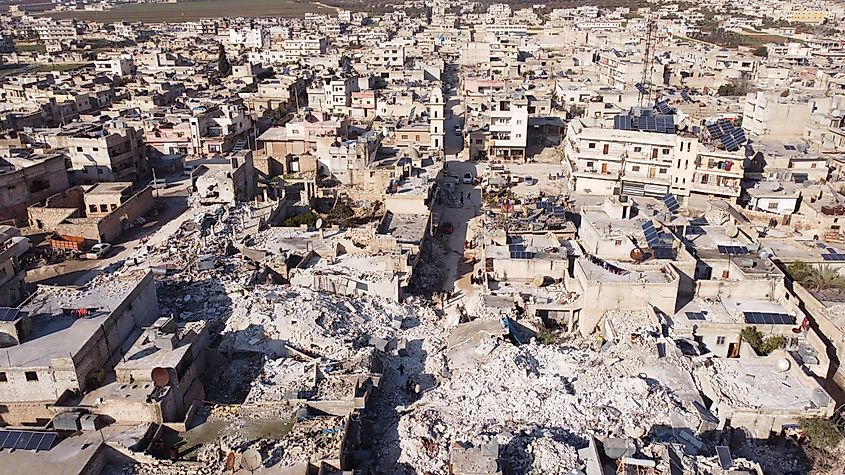
17% of the world’s earthquakes occur in the Albite Belt. The belt is approximately 9,300 miles (15,000 kilometers) long. It stretches from the Indonesian islands of Java and Sumatra in Southeast Asia across the Himalayan region of the Indian subcontinent through Central Asia into the Mediterranean Sea and the Atlantic Ocean. The Indian, Arabian, and African plates often collide with the Eurasian plate in this region, causing a high degree of activity in the belt. Alps, Atlas Mountains, Caucasus Mountains, Karakoram, Hindu Kush, Elbers and Himalayas are some of the notable mountains in this belt.
Like the Ring of Fire, the Albite Belt has experienced many devastating earthquakes. These include the 7.6-magnitude shock in Pakistan in 2005, which killed more than 80,000 people, and the 9.1-magnitude Indonesian earthquake in 2004, which resulted in a tsunami that killed more than 230,000 people. In 2023, a 7.8 earthquake in the Albeit belt struck Turkey and Syria, killing more than 55,000 people.
Mid-Atlantic Ridge
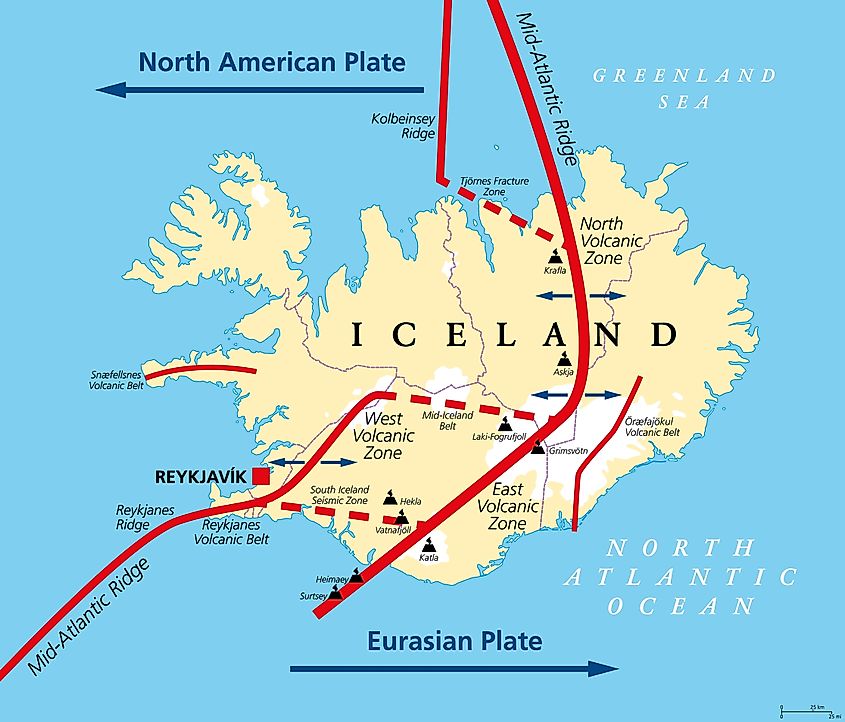
The Mid-Atlantic Ridge extends approximately 10,000 miles (16,000 kilometers) across the Atlantic Ocean. It has a curved path that begins in the north, in the Arctic Ocean, and extends to the southern tip of Africa. The mountains that form part of this ridge sometimes rise above sea level, forming islands such as St. Helena, the Azores, Ascension, and Tristan da Cunha. The plates that form the Mid-Atlantic Ridge slowly diverge, allowing magma to rise up from beneath the Earth’s crust to form new landforms. Plates spread 0.5 to 4 inches (1 to 10 centimeters) per year. This plate activity results in periodic volcanic and earthquake activity.
Because most of the Atlantic Ridge is in the middle of the Atlantic Ocean far from human developments and communities, seismic damage from the Ridge is not much. However, Iceland is positioned on top of the ridge, resulting in various earthquakes of magnitude 6.9. On May 29, 2008, two earthquakes of magnitude 5.9 and 5.8 struck Iceland. Although some people were injured and several goats were killed, there was no loss of life.
Final thoughts
While we can’t predict when the next earthquake will hit, we can predict which areas are most likely to hit in the future. They often occur where Earth’s tectonic plates converge or diverge. Although earthquakes such as the 1886 Charleston, South Carolina earthquake or the 1811 to 1812 Madrid, Missouri earthquake may fall outside these zones, the most frequently recorded earthquakes are the Ring of Fire, the Albite Belt, and the Mid-Atlantic Ridge.
The Ring of Fire, which surrounds the Pacific Ocean, is famous for hosting some of the world’s most intense earthquakes and volcanic eruptions. Similarly, the Albite Belt, which stretches from Asia to Europe, experiences significant seismic events due to the collision of tectonic plates. Although less well-known, the Mid-Atlantic Ridge, located beneath the Atlantic Ocean, plays a role in shaping the ocean floor and occasionally produces earthquakes. Because of our understanding of these three zones, governments and individuals can better prepare for future earthquakes to protect communities and prevent unnecessary loss of life.

. „Gracz. Namiętny pionier w mediach społecznościowych. Wielokrotnie nagradzany miłośnik muzyki. Rozrabiacz”.
